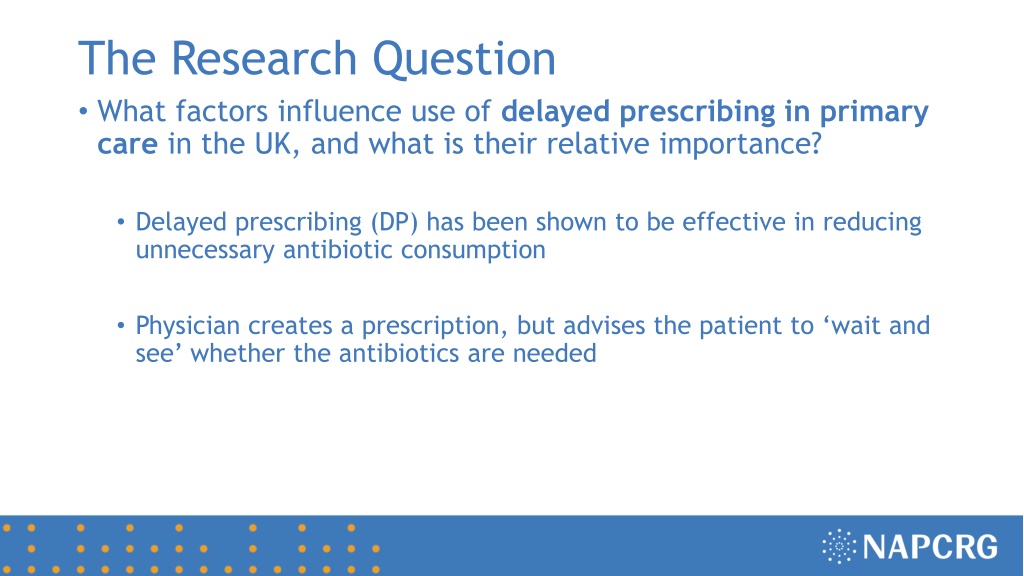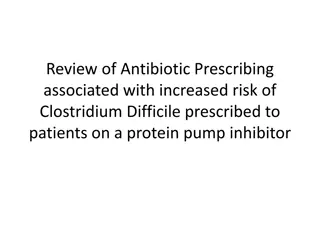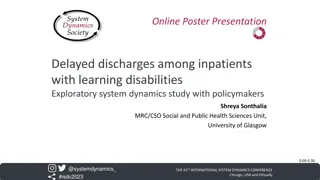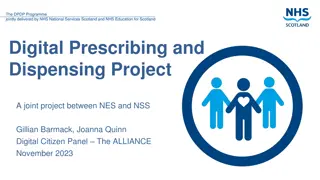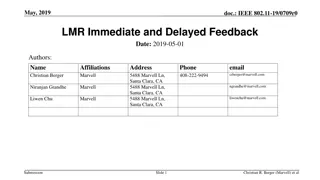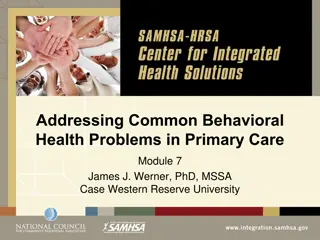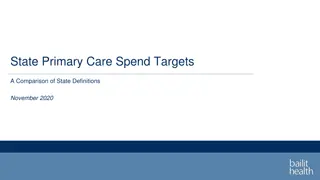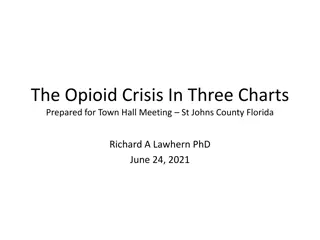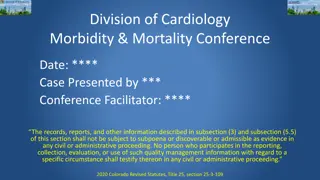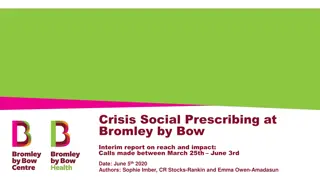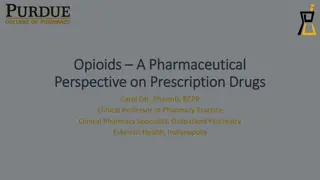Factors Influencing Delayed Prescribing in UK Primary Care
Factors influencing delayed prescribing in UK primary care were examined through a study involving general practitioners (GPs) and prescribing scenarios for respiratory tract infections. Clinical features, patient preferences, and practitioner tendencies were key factors affecting the decision to prescribe immediately, delay, or not prescribe antibiotics. The study highlighted the need for further research to address variations in prescribing behaviors and the importance of eliciting patient preferences in antibiotic use.
Download Presentation

Please find below an Image/Link to download the presentation.
The content on the website is provided AS IS for your information and personal use only. It may not be sold, licensed, or shared on other websites without obtaining consent from the author. Download presentation by click this link. If you encounter any issues during the download, it is possible that the publisher has removed the file from their server.
E N D
Presentation Transcript
The Research Question What factors influence use of delayed prescribing in primary care in the UK, and what is their relative importance? Delayed prescribing (DP) has been shown to be effective in reducing unnecessary antibiotic consumption Physician creates a prescription, but advises the patient to wait and see whether the antibiotics are needed
Research Design and Method A stated choice study among UK primary care practitioners (general practitioners, GPs) Presented GPs with a series of 15 prescribing scenarios, for a patient with a respiratory tract infection Scenarios described by 8 attributes of the patient s condition, and the discussion in the consultation Choice of immediate, delayed, or no antibiotic prescription Analysed using ordered logistic regression 161 GP respondents
SETTING Research Design and Method ATTRIBUTES same in all scenarios LEVELS OF THE ATTRIBUTES vary in each scenario CHOICE QUESTIONS
What the Research Found Identified a continuum from immediate prescription to none Clinical features are the strongest factors in determining location on the prescribing spectrum DP occupies a poorly defined, intermediate position constant level despite changes in presentation minor serious Patient preference affected the choice of prescription type, but not the decision whether to prescribe Individual practitioner preferences accounted for variation in prescribing strategies
What this means for Clinical Practice Variation: some GPs more averse to reduced prescribing than might be expected from clinical evidence and guidelines Some practitioners oppose DP need for further research to understand objections, and identify alternative routes to safe reductions in antibiotic use Importance of eliciting patient preference Particularly, expressing preference not to have antibiotics, or neutral opinion
